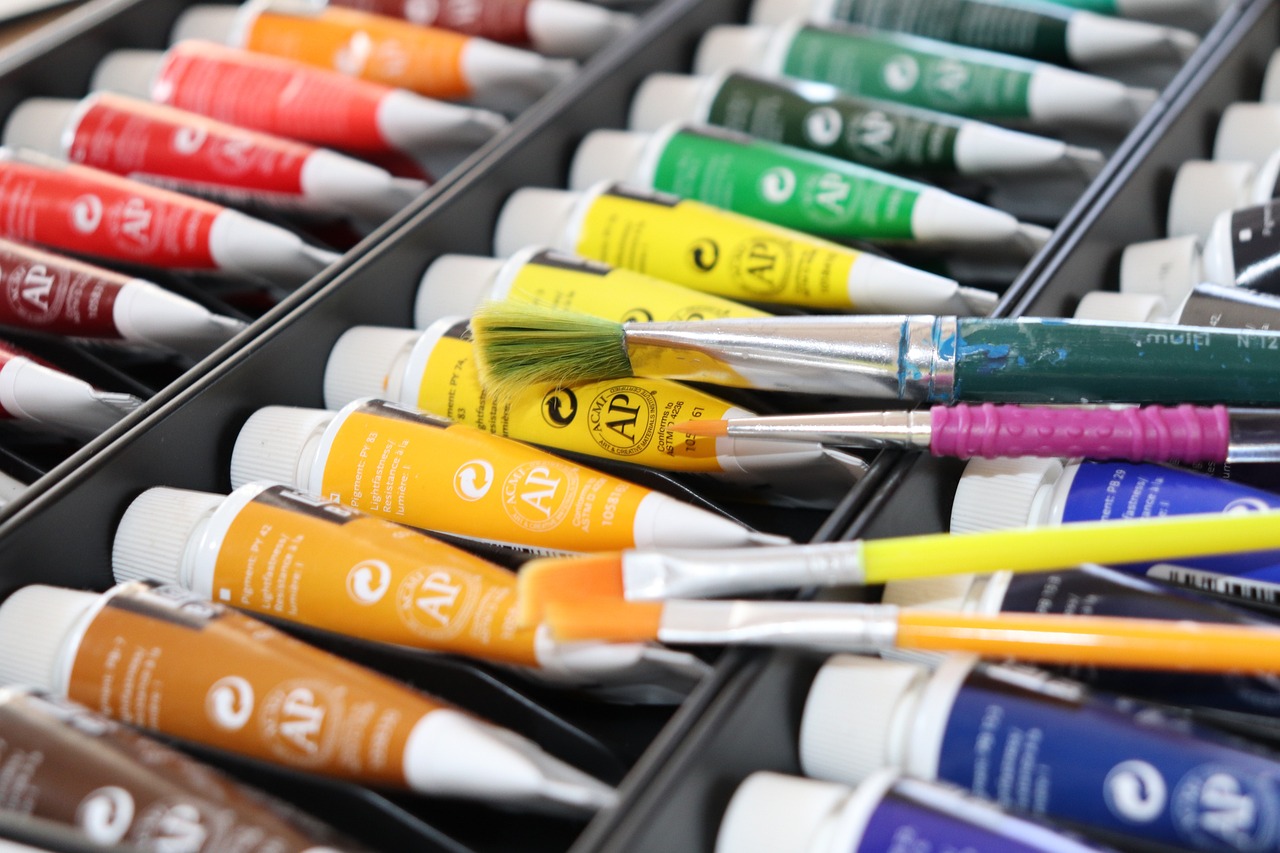Japanese is a language rich in cultural nuances and traditions, and its color expressions reflect this. From the basic colors to more advanced and unique hues, Japanese has a wide range of expressions that can be used to describe different shades, tones, and hues. In this article, we’ll explore the basics of Japanese color expressions, as well as some more advanced and unique expressions.
Basic Color Expressions
Like many languages, Japanese has basic color expressions that are widely used and understood. Here are some of the most common ones:
- 赤 (aka) – red
- 青 (ao) – blue
- 黄色 (kiiro) – yellow
- 緑 (midori) – green
- 黒 (kuro) – black
- 白 (shiro) – white
- 紫 (murasaki) – purple
- 橙 (daidai) – orange
- 灰色 (haiiro) – gray
- ピンク (pinku) – pink
These basic colors can be combined with other words to create new expressions. For example, 真っ赤 (makka) means “bright red” or “deep red,” while 焦げ茶色 (kogecha-iro) means “dark brown” or “burnt sienna.”
Advanced Color Expressions
In addition to the basic color expressions, Japanese also has more advanced expressions to describe more specific shades and hues. Here are some examples:
- 紺色 (kon-iro) – navy blue
- 水色 (mizu-iro) – light blue or aqua
- 桜色 (sakura-iro) – cherry blossom pink
- 焦茶色 (ko-cha-iro) – dark brown
- 濃紺 (koikon) – deep navy blue
- 錆色 (sabi-iro) – rust color
These expressions can be useful when you want to be more precise in your color descriptions, or when you want to evoke a specific mood or feeling.
Special Color Expressions
Finally, Japanese has some unique color expressions that are specific to its culture and traditions. Here are a few examples:
- 藍色 (ai-iro) – indigo blue, which is traditionally used in Japanese textiles and artwork
- 金色 (kin-iro) – gold, which is often associated with wealth and prosperity
- 縹色 (hanada-iro) – light blue, which is often used in traditional Japanese clothing
- 琥珀色 (kohaku-iro) – amber, which is often used to describe the color of traditional Japanese lacquerware
These special color expressions can add a touch of cultural flavor and nuance to your language use, and can help you connect with Japanese culture and traditions on a deeper level.
In conclusion, Japanese color expressions offer a rich and varied vocabulary for describing different hues, shades, and tones. By learning these expressions, you can not only improve your Japanese language skills, but also gain a deeper appreciation for Japanese culture and traditions.



コメント